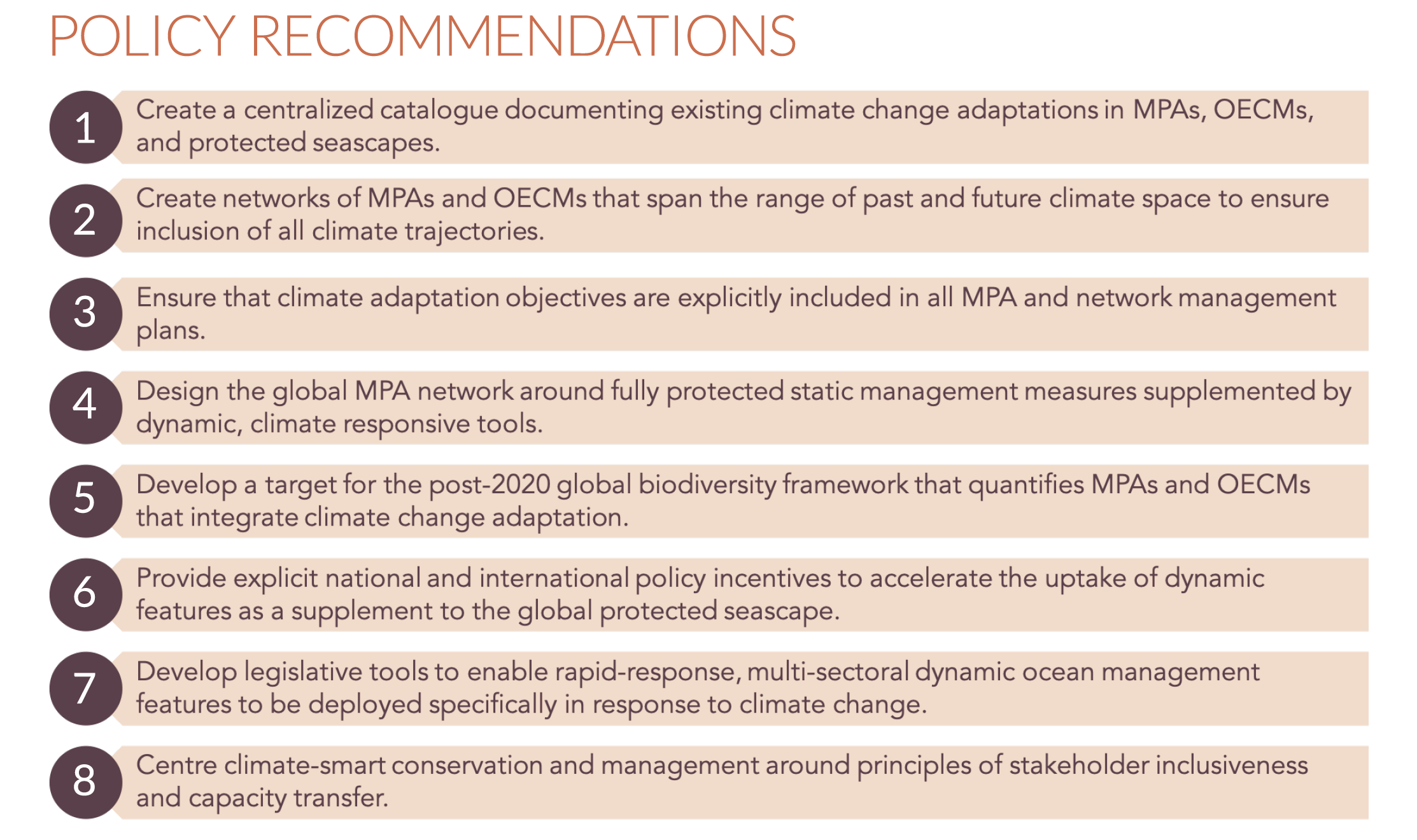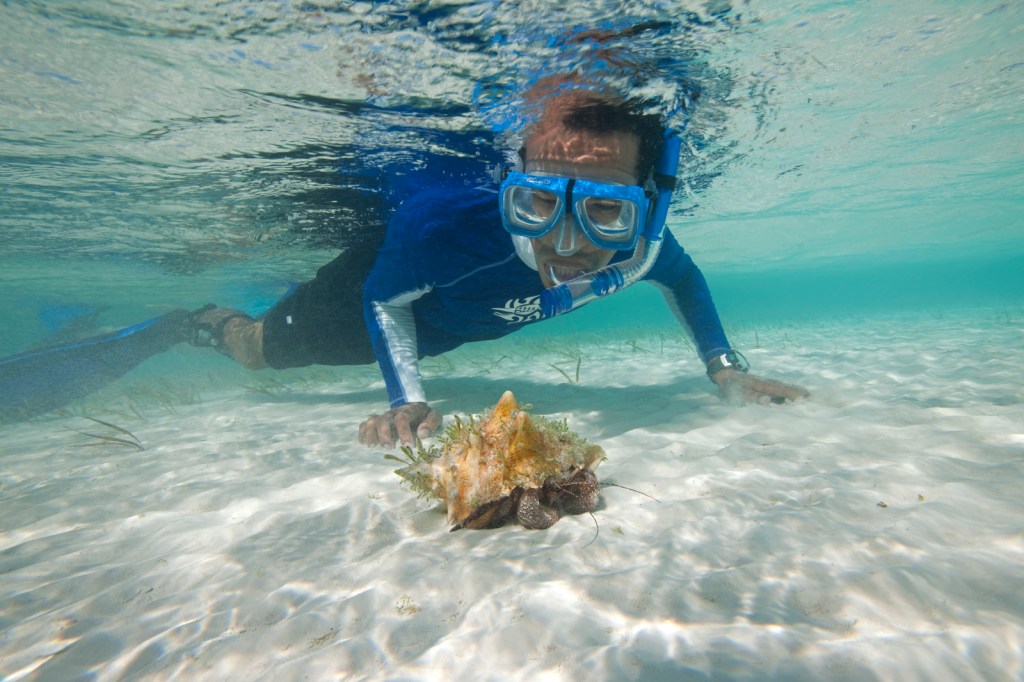Writing in Science Advances, a team of international scientists argues that the twin goals of climate change adaptation and biodiversity conservation must become the combined foundation of all current — and future — marine management and ocean conservation efforts. They also argue that implementing climate-resilient biodiversity protection measures across all ecosystems, not just marine, is a critical and immediate global need.
The Gist
The paper, “Integrating climate adaptation and biodiversity conservation in the global ocean,” outlines eight practical recommendations to accelerate the adoption and implementation of climate-resilience management into the global network of marine protected areas.

As always seems to be the case in conservation, there’s good news and bad news. The good news is that the tools and concepts for integrating climate-smart management into marine protected area designs have existed for more than a decade. The bad news is few countries seem to be integrating climate measures into management and policy in any kind of globally coordinated fashion.
“While there is recognition that accounting for climate change in marine protected area design and management is important,” said lead author Derek Tittensor of Dalhousie University, “without a baseline of where we stand, it is impossible to know how well we are positioned towards preparing for climate impacts in our protected ocean.”
The Big Picture
Protected areas are one of the world’s most long-standing and effective tools for the conservation of biodiversity. Unfortunately, protected areas have a big problem: climate change. In fact, the authors note, “the global network of protected areas (PAs) does not consistently account for climate change in design and management.”
“The danger is that if we don’t integrate our biodiversity goals with climate efforts, the overall effectiveness of protected areas and our ability to achieve our marine conservation goals will decline,” says TNC scientist and co-author Elizabeth McLeod. “Integrating climate change into marine protected area planning and management is vital to maintain the many economic and social benefits that marine ecosystems provide.”
The team also argues that, “given ongoing negotiations on international conservation targets, now is the ideal time to reform management of the global seascape” to account for a changing climate.
The Takeaway
As the world prepares for the next Convention on Biological Diversity meeting in 2020, scientists argue “expanding the global protected seascape with climate resilience in mind should be a key focus” for the biodiversity framework. One of their key assertions is that climate-smart management objectives should become the default for all protected areas, and made into an explicit international policy target.
“Accommodating the dynamic challenges climate change presents in our policies, actions and decision-making tools will be demanding,” says TNC scientist and co-author Jennifer McGowan. “Success will require working with practitioners around the world to provide best practice guidance on how to support strategies that can safeguard both our current and future ocean.”
The need is urgent, the scientists write, and “climate- and biodiversity-focused policy agendas must become intertwined to better reflect the critical role that nature plays in climate regulation, mitigation and adaptation.”
References:
D. P. Tittensor, et al, Integrating climate adaptation and biodiversity conservation in the global ocean. Sci. Adv. 5, eaay9969 (2019).




Join the Discussion